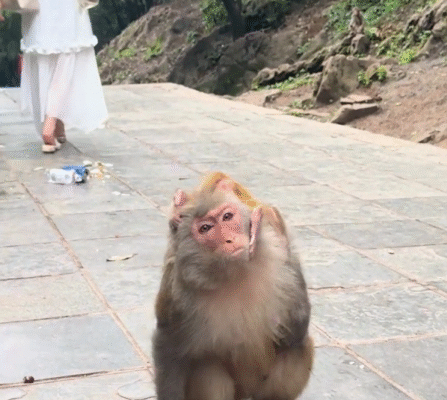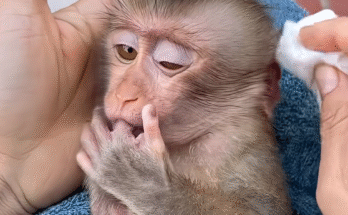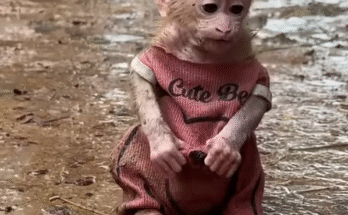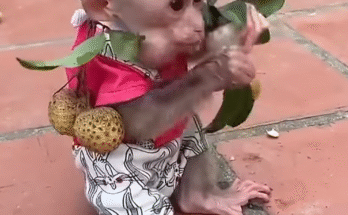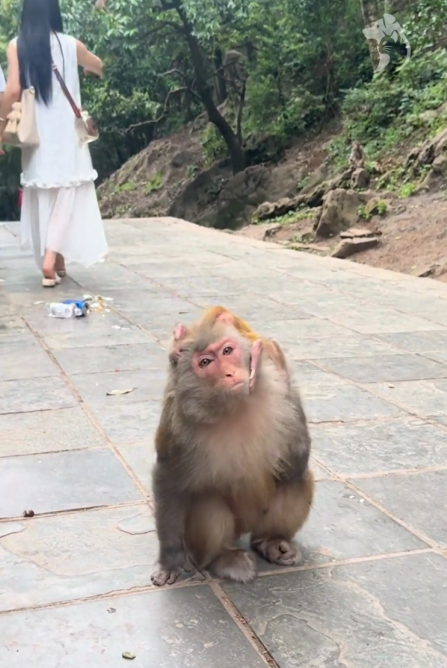
In the bustling world of primates, mother monkeys are known for their boundless patience, protective instincts, and tireless dedication to raising their young. From carrying infants through dense forests to teaching essential survival skills, their daily lives are filled with constant vigilance and care. But even the most patient mothers have their breaking points. Enter the scene: “When Mother MONKEY Has Had Enough,” a hilarious yet revealing glimpse into the limits of maternal tolerance in the primate kingdom. Through expressions, antics, and bold reactions, these moments provide insight into both monkey behavior and the universal experience of parental exasperation.
The Patience of Mother Monkeys
Mother monkeys are the ultimate multitaskers. They balance feeding, grooming, teaching, and protecting their offspring, often for years. Young monkeys are playful, mischievous, and sometimes downright reckless, testing limits in ways that would challenge even the most patient parent. In the wild, this requires mothers to exercise an extraordinary degree of vigilance:
- Constant Supervision: Infants cling to their mothers, but they are curious and adventurous. One moment they are safely perched on a branch, and the next, they are attempting daring jumps or investigating dangerous surroundings.
- Teaching Through Example: Mothers show their young how to forage, groom, and navigate social interactions. Mistakes are corrected gently, with patience and care.
- Conflict Management: In troop settings, mothers protect their infants from bullies, rival monkeys, or territorial disputes, often intervening to prevent harm.
Yet, even with all this care and attention, there are moments when the chaos of motherhood becomes too much — moments when the mother’s tolerance reaches its comedic limit.
Signs Mother Monkey Has Had Enough
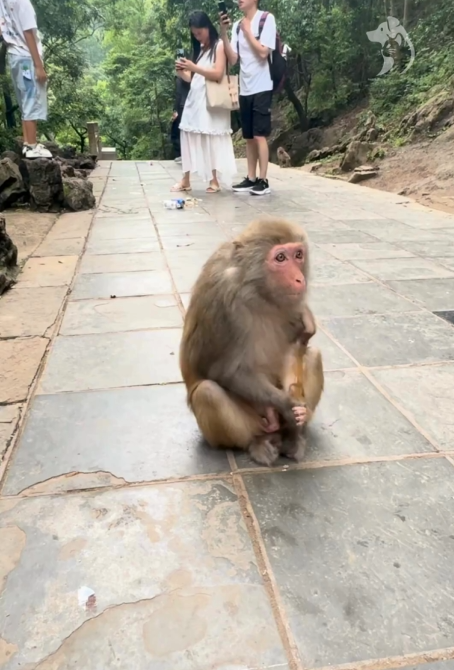
Observing these dramatic shifts in behavior can be both funny and enlightening. Researchers and wildlife enthusiasts often recognize key signs that a mother monkey is exasperated:
- The Exaggerated Stare: When her infant misbehaves repeatedly, the mother may freeze, eyes wide and fixed, as if silently expressing, “I cannot believe this is happening again.” This stare is both a warning and a hilarious expression of disbelief.
- The Dramatic Shake: A mother may flick her tail, shake her body, or snap her limbs in what looks like exaggerated irritation. It’s a clear signal to her young that the antics must stop — immediately.
- Vocal Outbursts: From sharp chirps to loud screeches, mother monkeys vocalize their frustration in ways that grab attention. In some species, these vocalizations are highly expressive and almost comical in their intensity.
- Temporary Withdrawal: In a subtle but effective move, the mother may step back or move a short distance away from her infant, letting the little one realize the consequences of overstepping boundaries. The infant’s confusion and frantic attempts to regain attention often add to the humor of the situation.
The Hilarious Escalation of Mischief
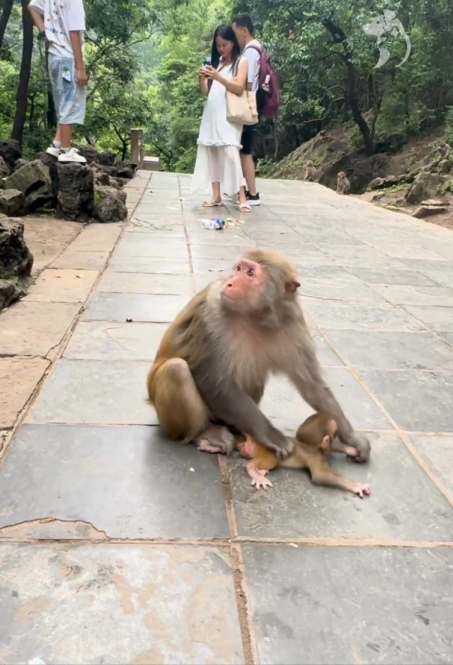
Monkey infants are masters of mischief. Their boundless energy, curiosity, and lack of caution often push maternal patience to the limit. Observers have documented some of the funniest scenarios:
- Fruit Theft Gone Wrong: An infant may attempt to snatch a piece of fruit before the mother has finished inspecting it. The mother reacts with a dramatic snatch, exaggerated eye-roll, or playful chase, turning a simple snack into a slapstick comedy routine.
- Playful Wrestling: Young monkeys love to wrestle, climb, and tumble. Sometimes, they misjudge the mother’s tolerance and end up being firmly but gently disciplined through a swift grab, a shake, or a vocalized warning.
- Unintentional Chaos: A curious infant might topple leaves, scatter branches, or knock over small objects. The mother, momentarily exasperated, may respond with a mix of theatrical gestures and vocal scolding that would make any human parent nod in recognition.
Social Dynamics and Maternal Limits
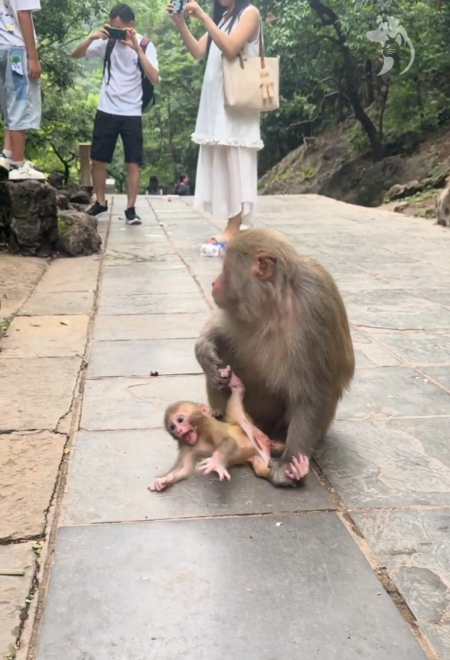
Mother monkeys don’t operate in isolation. Their interactions with infants affect and are affected by the broader troop:
- Teaching Social Rules: By showing limits and boundaries, the mother helps the infant understand the structure and etiquette of troop life. Her “enough is enough” moments are critical lessons in self-control and social behavior.
- Troop Observation: Other monkeys often watch these interactions, learning about hierarchy, acceptable behavior, and emotional cues. The mother’s reactions can influence the behavior of not just her own offspring but the younger members of the entire troop.
- Humor in Nature: Interestingly, these moments provide a glimpse into the humorous side of primate life. Observers often remark on the relatability of the mother’s expressions, which mirror the exasperation and comedic frustration seen in human parents worldwide.
Memorable “Enough” Moments
Certain situations stand out as classic examples of maternal exasperation in monkeys:
- The Mid-Branch Tug-of-War: A mischievous infant clings to a branch while the mother tries to pull it back safely. The tug-of-war becomes increasingly dramatic, with exaggerated faces, flailing limbs, and intense vocalizations — an action-packed, comedic spectacle.
- The Sneaky Snack Heist: Infants attempting to snatch forbidden treats face exaggerated maternal wrath. The mother may leap, grab, and shake the offending infant, all while maintaining a comically serious expression, leaving human observers in stitches.
- The Environmental Disaster: Curious infants may topple small rocks or scatter leaves in an area the mother is inspecting. The mother’s reactions range from dramatic sighs to vocalized warnings, often accompanied by a theatrical shake or mock chase.
These moments are not only funny; they serve as crucial developmental lessons. Infants learn boundaries, safety, and the importance of respecting maternal authority. At the same time, observers gain insight into the emotional range and intelligence of primates.
Lessons from Exasperated Mother Monkeys
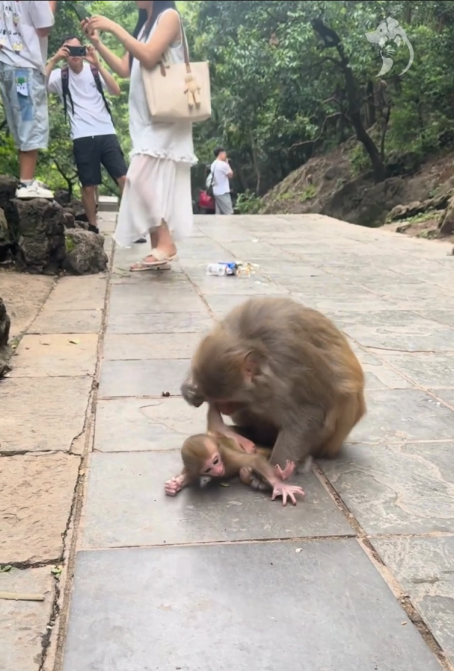
Watching a mother monkey reach her limit offers more than entertainment. There are valuable lessons to be learned about parenting, social structure, and emotional intelligence:
- Patience Has Its Limits: Even the most patient individuals need boundaries. Mother monkeys exemplify how setting limits is essential for teaching, safety, and social harmony.
- Communication Through Expression: Facial expressions, body language, and vocalizations are powerful tools for conveying emotions and establishing boundaries, both in monkeys and humans.
- Humor as Coping: Exasperation is natural, but humor often accompanies it. Observing these dramatic reactions reminds us that even in moments of stress, levity and playfulness are vital coping mechanisms.
- The Universality of Parenting: Whether in monkeys or humans, parenting involves patience, guidance, and occasional bursts of exasperation. The parallels are both comforting and amusing, showing that the challenges of raising the next generation are universal.
Conclusion
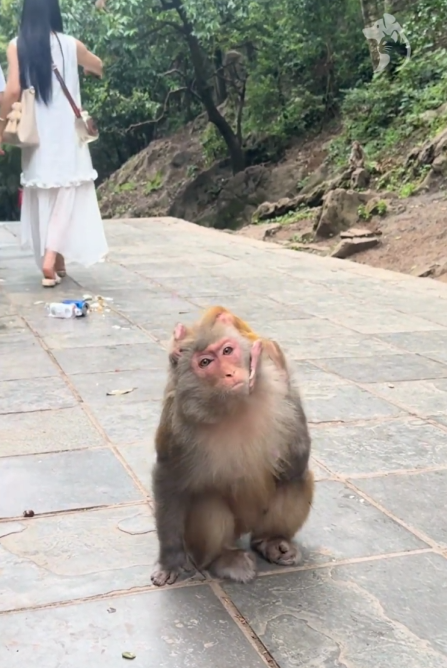
The world of mother monkeys is a whirlwind of care, vigilance, and occasional chaos. While these primates dedicate themselves tirelessly to the well-being of their young, they are not immune to moments of frustration and exasperation. “When Mother MONKEY Has Had Enough 🤣🐒” captures the hilarity, drama, and humanity of these moments, offering observers both entertainment and insight.
Through exaggerated expressions, dramatic gestures, and playful discipline, mother monkeys teach their young essential lessons while providing a window into the complex emotional lives of primates. Their exasperation is not just a funny spectacle; it is a critical part of social learning, emotional development, and troop cohesion.
Whether it’s a tug-of-war on a branch, a mid-snack intervention, or a dramatic vocal outburst, these moments highlight the timeless challenges of motherhood — challenges that resonate across species. The Funny, frustrated, and ever-watchful mother monkey reminds us that parenting is a blend of patience, play, and the occasional “enough is enough” moment — and that sometimes, the best way to cope with chaos is to throw in a little theatrical flair.
In the end, observing these moments brings laughter, admiration, and a deeper appreciation for the intelligence, humor, and emotional complexity of our closest animal relatives. Mother monkeys, like human parents, embody love, guidance, and a willingness to push through the chaos — even if it means occasionally flinging a dramatic glare or letting out a resounding “I’ve had enough!”
🤣🐒
